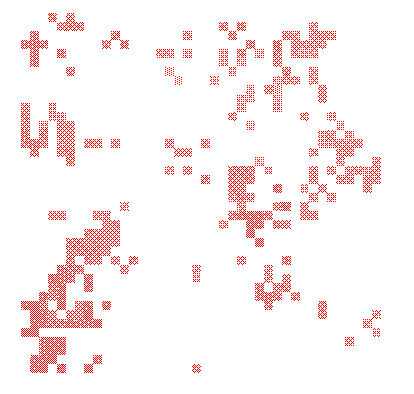
Analysis of population dynamical models may lead to insight in how the traits of individuals affect the dynamics of the system they are part of. This, however, does not reveal the likelihood that such traits actually occur. As different traits will often result in different population dynamics, any arbitrariness in the traits immediately translates into arbitrariness of the predictions of the model. In the first place, combining analysis of population dynamics with evolutionary arguments may help to sharpen existing ecological hypotheses. For example, Hassell & May's prediction that uneven spatial distributions of predator and prey promotes population dynamical stability will hold only under a rather narrow set of conditions if predator and prey evolve under natural selection. Thus, the so-called "aggregative response" of predators (most predators will be found in the most profitable prey patches) may be not so general a stabilizing mechanism as it initially seemed. As another example, combination of population dynamics with optimal foraging theory, suggests that the presence of alternative food (next to prey) may promote non-equilibrium persistence rather than stability of the equilibrium.
In the second place, combination of population dynamical and evolutionary analysis may lead to new hypotheses. Many predator-prey metapopulation models assume that local populations are founded by a single colonist. However, when then also evolution in a metapopulation is considered, it appears that different traits may be favoured by natural selection than are assumed by the modeller. For example, if all local predator populations are started by a single individual one would expect that they will prudently exploit their local prey population. Many predatory mites do not appear to be such "prudent predators"—thus one would predict that local populations have more than one foundress, Thus, for a more full understanding of predator-prey metapopulations, one should try to get more insight in the frequency of multiple invasion and the strength of within-patch competetion.
This thesis provides a number of illustrative cases of how evolution and population dynamics interact. Many interesting problems wait to be tackled. For example, under what conditions do interacting monomorphic populations break up into polymorphic populations? One will need to investigate how the conditions for divergence interact with population dynamics. Recent developments in theoretical biology may provide new mathematical tools. How will spatial pattern in a spatially structured population change when individuals evolve, and how is, in turn, evolution affected by such pattern? Computer simulations that keep track of family lineages in spatially structured predator-prey interactions may lead to new insight into this question. And, eventually, all this effort may help us understand better why spider mites and predators persist in one case, and go extinct in the other.